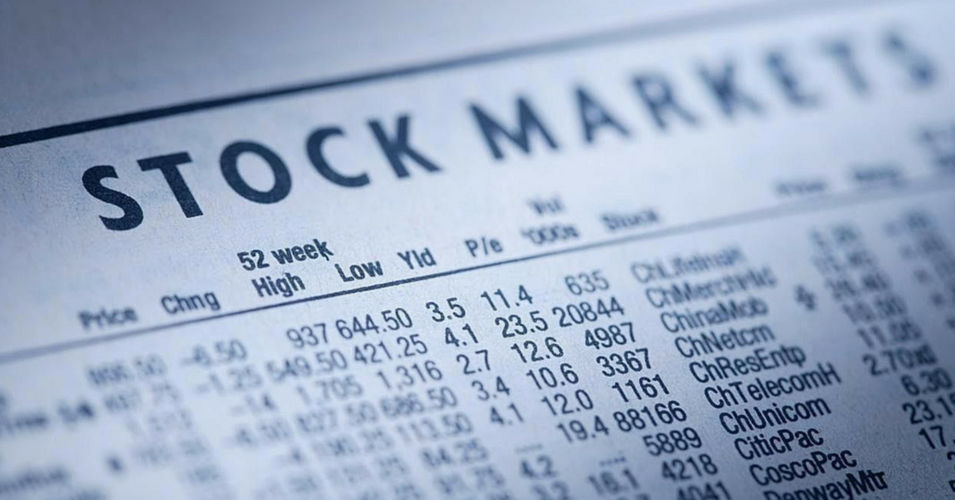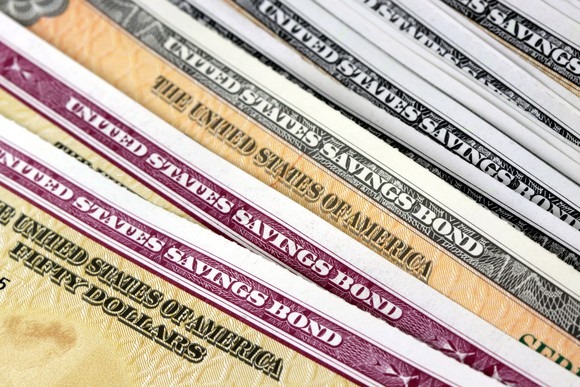Different types of assets to invest in with pros and cons

As popular an activity as it might be, trading is not easy. Traders have to make lots of decisions, including choosing the right platform, the right amount of money to invest and so on. Still, the core decision at the center of trading is choosing the right assets. There are various asset classes that offer many advantages as well as disadvantages. Which one is a better fit for the trader will largely depend on the trader’s preferences as well as goals and plans. In this article, we list some of the major asset classes, give a quick overview for each one and point out the pros and cons, so that new investors and traders are able to better navigate the ample choices they will be presented with.

Stocks (Equities)
Stocks or equities give the investor a share of ownership in a company. Companies can issue equities in private or they can have a public offering, where the shares will start trading on an exchange and can be purchased by anyone. For the companies, this is a way to raise funds without becoming indebted. There are different types of stocks that give the holder various benefits. A common stock is the most popular form of this type of an asset. It gives the owner voting rights and the ability to affect the decisions made by the company, most often by electing the management. Common stocks pay dividends, although the company is not obliged to make these payments. In case the company has to be liquidated, common stock-holders will be the last people to be paid out. Preferred stock is another type of a stock that does not give its owner voting rights, but ranks above commons stocks on the priority list of who will be paid in case of a liquidation.
Pros:
- Stocks pay dividends, and if the company makes large profits in a year, these dividends could be generous as well.
- Stocks offer the possibility of very large gains. If a company becomes very successful and its stocks more attractive to the investors, the prices could appreciate by a lot and the holders of the shares will see large capital gains. This is why, historically, among all types of assets, stocks have demonstrated the highest returns.
- With various exchanges trading billions of shares each day, the markets for stocks are very liquid. In case an investor decides to sell shares, he/she will not have any trouble doing so.
Cons:
- Investing in stocks is risky. Although there is a possibility of high returns, there is also the possibility of large losses. If the project turns out to be unsuccessful, the shares might depreciate in value.
- In addition, these assets are very volatile and experience price changes very often.
- Being the last one to be paid out during liquidation is another drawback of stocks, especially common stocks.
Bonds (Fixed-income)
Bonds are another very popular asset class. They are also called fixed-income instruments because the stream of payments to the holder is known in most cases. Companies issue bonds to raise funds. Unlike shares, bonds are easier for the companies to issue. In addition, this enables the current owners to retain the complete ownership of the firm. For investors, bonds offer a stable source of income and a tool for investment. Bonds can be issued by governments as well. Bonds have several features. First of all, they have a face value or principal. This is the amount the bond-holder will receive at the maturity. The maturity date of bonds can vary and reach several decades. In addition to these, most bonds will offer coupons, which is a periodic payment to the bond-holder. The rate on these payments can be fixed, or adjusted with inflation.
Pros:
- Bonds are less risky than stocks. The return on them is fixed, unless the rate is linked to an index. The face value is known in advance as well.
- In case of a liquidation, bondholders will be the first ones to receive the payments they are owed.
- Bond prices are less volatile than stock prices. This is important for investors who do not plan to hold onto the bonds until maturity and are considering its marketability and price changes.
Cons:
- Returns on bonds are usually lower than the return on stocks, which is natural considering the riskiness of the two assets.
- Bonds are usually more expensive to purchase so small investors might prefer to invest in shares.
- Although the market for bonds is very large as well, especially those issued by the governments, they are comparatively less liquid than stocks.
- Because the payments on bonds are fixed, as well as the face value, unless the bond is linked to an inflation index, it’s value will erode with inflation. Stock prices, on the other hand, increase with inflation.
- Interest rate risk is higher for bonds than it is for shares.
Cash Equivalents
Cash equivalents are another very important asset class. These are mostly used for short-term investments and are highly liquid. These assets can include bank deposits, Treasury bills or other short-term bonds, Money Market Funds, commercial paper and so on. Cash equivalents offer the investors ability to hold assets of high liquidity without losing the wealth with deflation. Technically, these assets could be classified as sub-section of fixed-income, but they are mostly used for different purposes than bonds by investors and are usually referred to as a separate asset class.
Pros:
- These assets usually carry a very low risk, which is natural considering that they are used as alternatives to cash. They experience very low volatility and usually have guaranteed returns.
- Cash Equivalents are very liquid as well, which means that the holders will not have any trouble converting these instruments into cash in a very short period of time. If this wasn’t so, they would lose their appeal as equivalents of cash.
Cons:
- Although these instruments usually pay some kind of return, which is what makes them preferable to holding cash, these returns could be very low compared to other assets. If inflation is high, the value of holdings could even decrease in real terms.
Real Estate
Real estate is often included in the discussion of asset classes because of its importance to the modern investor. This can be a land or a property. It can be residential, which is used for living, commercial, which is used for setting up shops, restaurants, offices or other businesses and industrial. For most people in the world, who might not even consider themselves as investors, real estate is very important. Some invest in it in order to live in it, others are interested in renting it out and making a profit, some might want to upgrade it and sell and some use it as a safe investment of their funds. Up until a decade ago, real estate was considered one of the safest investments that rarely saw a decrease in value. During the financial crisis of 2008, these myths were debunked, but real estate still maintains its appeal.
Pros:
- Real estate is a physical asset that can be put to use. Unlike bonds and stocks that don’t offer any value other than financial, a house can be lived in, turned into an office and so on.
- Real estate prices are less volatile compared to stocks and other types of assets. It takes a lot for house prices to change drastically. This offers safety to investors. Although, like the recent housing bubble proved, these assets aren’t immune to speculation and price inflation.
- Land and property can generate income by renting them out. During this time the value of the house does not depreciate and is maintained, while still generating for the owners a stream of income.
Cons:
- Real estate is very illiquid, which means that several months could be required to turn it into cash.
- For many investors who might not be looking to invest a large sum, real estate might be too expensive. Such investors could prefer other options that are more divisible and can be purchased for less.
Precious Metals
Precious metals are also popular among some investors. These include gold, silver, platinum, copper, zinc, aluminum and others. Gold is by far the most popular one and attracts a lot of investment because of the security and stability that it offers. For investors, precious metals offer a way to hedge against inflation. There are also traders who use this asset class for speculative purposes, but the volatility in these assets is very low, so unless very large amounts are concerned, precious metals aren’t any good for speculation. Gold has been a currency for many nations for a long period of time until the fiat currency replaced it. Even those fiat currencies remained pegged to gold until the gold standard was abolished by most countries in the 20th century. Precious metals are especially attractive investments during the periods of crises and turmoil. When there is ‘flight to safety’, i.e. when investors are seeking assets that are safer and more stable, these metals provide safety and stability.
Pros:
- Precious metals and especially gold can be used to hedge against inflation.
- These assets are safer and experience less volatility even in times of economic downturns.
- Precious metals are very divisible and even small investors can invest in them.
- Some of the metals have uses beyond investments. Platinum and aluminum, for example, have industrial uses.
Cons:
- Precious metals don’t usually provide very high returns, because of the low risk that they offer.
- It is not always easy for investors to find the right investment opportunities in precious metals.
- Precious metals might experience some volatility at certain periods.
Commodities
Commodities are very similar to precious metals in terms of how they are traded. This asset class includes oil, gas, cotton, sugar, coffee, wheat and much more. Most often these assets are traded through futures contracts, which means that investors are betting on the future price of the commodities. There are classifications in commodities as well. For example, the soft commodities are the ones that are grown, like beans, wheat, and rice. The hard commodities are extracted from mining, while energy commodities include gas, oil, and others.
Pros:
- Commodities, much like precious metals offer a protection against inflation.
- This asset type is great to diversify the risk in the portfolio.
Cons:
- Unlike precious metals, commodities are volatile and depend largely on the natural conditions. This is why they attract a lot of speculative attention.
Cryptocurrencies
In 2018, no discussion about asset types can be complete without considering the virtual currencies. Cryptocurrencies have emerged only recently, but have garnered a lot of attention because of their astonishing growth and the speculative interest they have attracted. These assets are highly volatile and experience price swings that can’t be predicted. This also means that the possibility of returns is high. A Bitcoin, which couldn’t even buy one whole pizza a few years ago, was worth almost $20,000 several months ago. Now it’s value is almost four times less than that. Although the digital coin prices have stagnated in the last few months, they are attracting attention from large institutional investors, which could become the reason for another price hike.
Pros:
- Cryptocurrencies have proven in the past that they offer the possibility of immensely large gains.
- These assets can also be used for transactions. In fact, they are much better for that purpose, as they offer fast, easy, and cheap ways to transact with others.
Cons:
- The volatility is the most obvious drawback of these digital coins. For an investor who wants to keep his/her holdings safe, cryptocurrencies are probably not the best choice.
- Some of the smaller coins are only traded at a handful of exchanges, which might be difficult for users to access.
- In most territories, these assets are currently unregulated. Consequently, there is some regulatory risk that in the future they could be banned or taxed heavily.































Comments (0 comment(s))